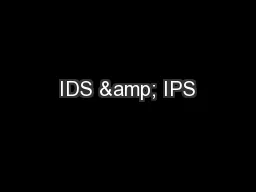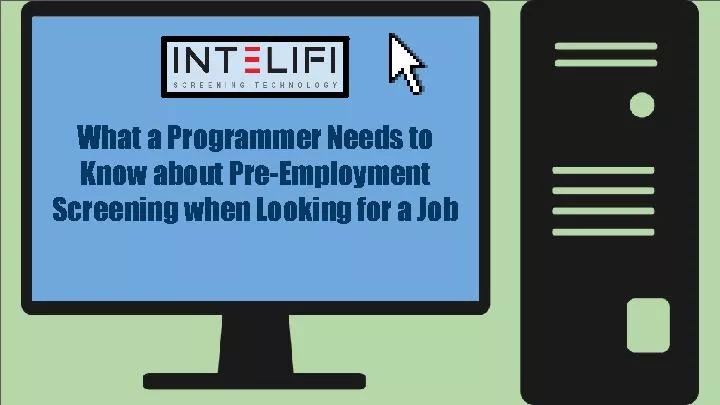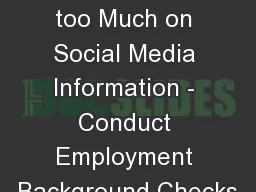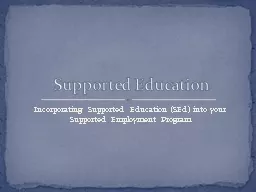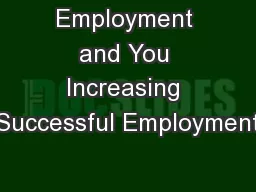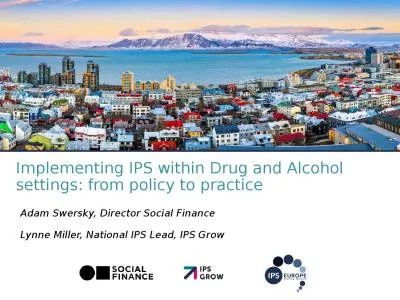PPT-IPS SUPPORTED EMPLOYMENT
Author : lois-ondreau | Published Date : 2019-03-17
ENGAGEMENT Susanne M Logsdon DHSDivision of Mental Health Regions 1 amp 2 IPS Trainer Engage verb engage to get and keep someones attention interest etc Engaged
Presentation Embed Code
Download Presentation
Download Presentation The PPT/PDF document "IPS SUPPORTED EMPLOYMENT" is the property of its rightful owner. Permission is granted to download and print the materials on this website for personal, non-commercial use only, and to display it on your personal computer provided you do not modify the materials and that you retain all copyright notices contained in the materials. By downloading content from our website, you accept the terms of this agreement.
IPS SUPPORTED EMPLOYMENT: Transcript
Download Rules Of Document
"IPS SUPPORTED EMPLOYMENT"The content belongs to its owner. You may download and print it for personal use, without modification, and keep all copyright notices. By downloading, you agree to these terms.
Related Documents





